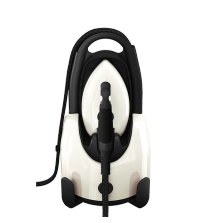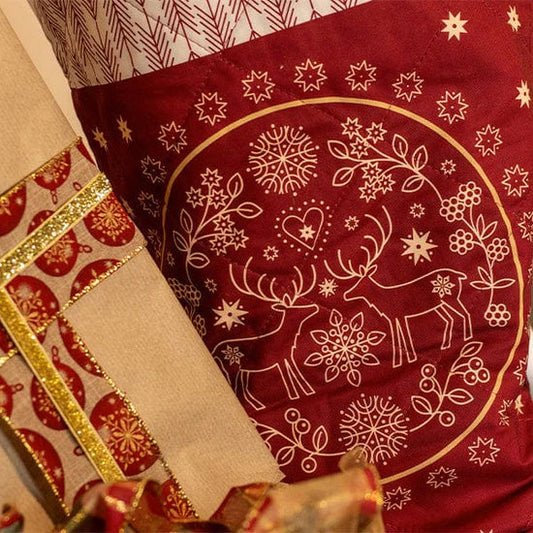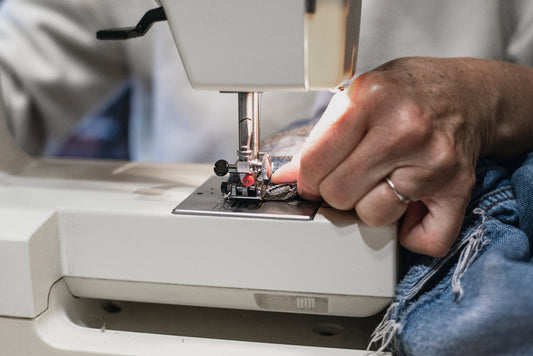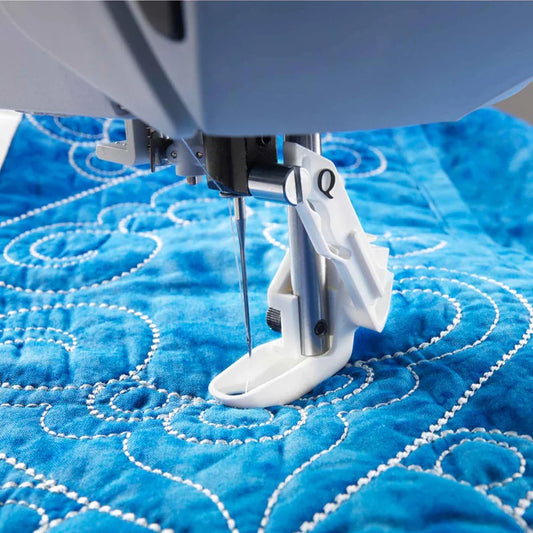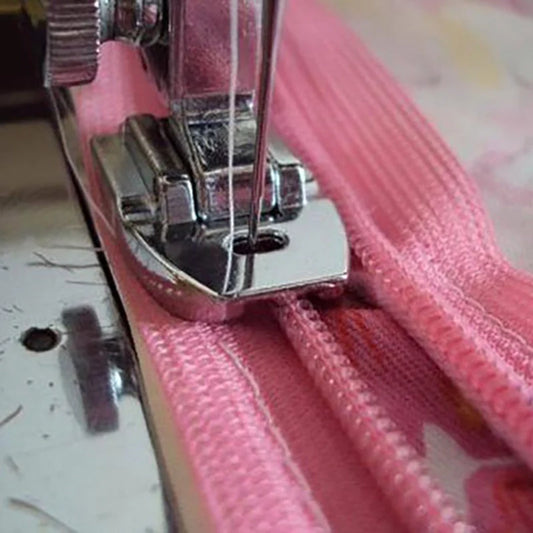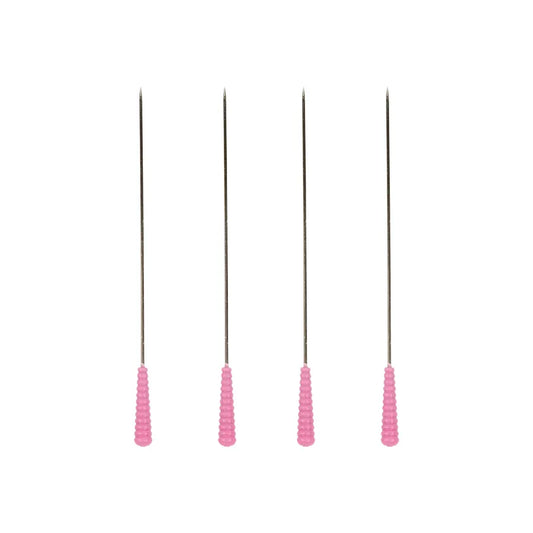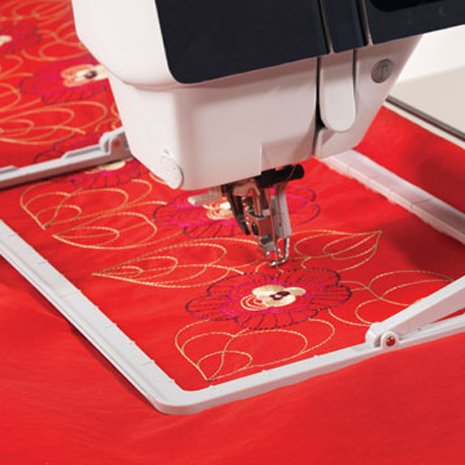Why does a stitch that starts perfect on top explode into loops below the fabric? Many sewists blame the bobbin, but the real culprit often sits up front. When thread looping underneath appears, it signals a mismatch in how the lockstitch forms and how tension controls the pull of the upper thread.
In a standard lockstitch, the upper thread meets the bobbin thread under the needle plate. The take-up lever and top tension then draw the knot into the fabric. If the top thread isn’t clamped by the tension discs, large loops—often called bird’s nests—collect on the underside. This turns a simple project into one of those common sewing problems that feels hard to solve.
This section sets the stage for troubleshooting thread loops with clear steps grounded in how a sewing machine works. Readers dealing with sewing machine issues will learn why loops on the bottom usually point to the upper path, not the bobbin, and how small setup choices can prevent the mess. For anyone asking, Why is my thread looping underneath?, the answer starts with understanding tension and the stitch path.
Key Takeaways
-
Loops on the bottom usually mean a top-thread tension problem, not a bobbin fault.
-
The lockstitch forms below the plate and is tightened by the take-up lever and upper tension.
-
Bird’s nests signal the upper thread isn’t seated in the tension discs.
-
If loops appear underneath, adjust the upper thread first before touching bobbin tension.
-
Incorrect threading, debris, or mismatched needle and thread can trigger thread looping underneath.
-
Use consistent checks to begin troubleshooting thread loops and resolve common sewing problems.
-
Some machines from brands like Singer, Brother, Janome, and Bernina set bobbin tension at the factory—check the manual before changing it.
Understanding thread looping underneath and top-thread tension causes
In a lockstitch, the stitch “knot” forms under the needle plate near the bobbin case. Then, it gets pulled into the fabric by the take-up lever and the top tension unit. If top tension is too loose or missing, the upper thread is dragged below, causing large loops on the underside. This is a common issue seen on Singer, Brother, Janome, and Bernina sewing machines.
A zero-tension condition occurs when the thread never seats between the tension discs. This often happens when threading is done with the presser foot down. The closed discs prevent the thread from entering, leading to consistent loops underneath. Spotting this pattern helps fix thread loop issues quickly.
The same physics applies to all types of shuttle designs and non-disc systems. If loops appear under the fabric, the upper system is the problem. If loops are on top, the bobbin side needs fixing. This rule makes it easy to identify thread tension issues without guessing.
Fixing thread tension starts with correct threading through the take-up lever. Then, check for drag with the presser foot up versus down. If drag is light with the foot lowered, increase the dial in small steps until resistance feels steady. Test on scrap to balance the seam. These steps are part of routine sewing machine maintenance and help solve thread loop problems fast.
Other checks include making sure the needle size matches the thread and fabric. Also, insert the bobbin in the direction shown in the manual. Clear lint or shredded fibers from the tension area. Keeping tension paths clean and threading correctly reduces repeat thread tension problems. It helps the machine make tight, even stitches on all fabrics.
Why is my thread looping underneath?
When you ask, “why is my thread looping underneath?”, it's often because the upper thread is on closed tension discs. This happens when the presser foot is down while threading. The thread then has no tension, leading to loops underneath. This is a common issue, more noticeable on lightweight fabrics or shiny threads.
To fix it, try resetting. Thread with the presser foot up, then lower it to seat the thread. A gentle pull should confirm the thread is in place. If it feels right and stitches look good, you're on the right track.
-
Set the upper dial to a normal range and test on scrap fabric to spot thread looping underneath before it mars a seam.
-
If loops persist, lint in the discs or a stuck release could block pressure; stubborn cases may call for a technician on brands like Brother, Janome, or Singer.
-
Bottom loops point to upper tension; top loops suggest bobbin issues.
Smart sewing tips and tricks help keep things smooth. Make sure the bobbin is facing the right way, the needle fits the fabric and thread, and both threads are the same. Moving at a steady pace helps avoid thread loops during long seams.
These tips work for all sewing machines, old or new. Whether it's a Bernina or a Kenmore, the principle is the same. If you see knots and fuzz, check the upper tension first. Using these tips can solve common problems quickly and easily.
Conclusion
Bottom-side loops mean your upper tension is weak or missing. To fix this, thread correctly with the presser foot up and the take-up lever on. Set your tension to 3–6 for better control.
Before you start sewing, do a quick pull test. The presser foot should feel no resistance when up. But it should feel firm when down. If it doesn't, check for debris in the tension discs.
If cleaning doesn't work, you might need a pro to fix the tension release mechanism. This is the quickest way to solve thread loop issues without guessing.
For even stitches, focus on the right side of your fabric. Loops on the bottom mean top tension is off. Loops on top suggest bobbin setup or tension problems.
Good habits are key too. Make sure you thread correctly, use the right needle, and match your thread. Keep your speed steady and your path clean. These habits help avoid common sewing problems and keep your stitches even.
Visit our website today for all your sewing needs, from sewing machines to patterns and more!


